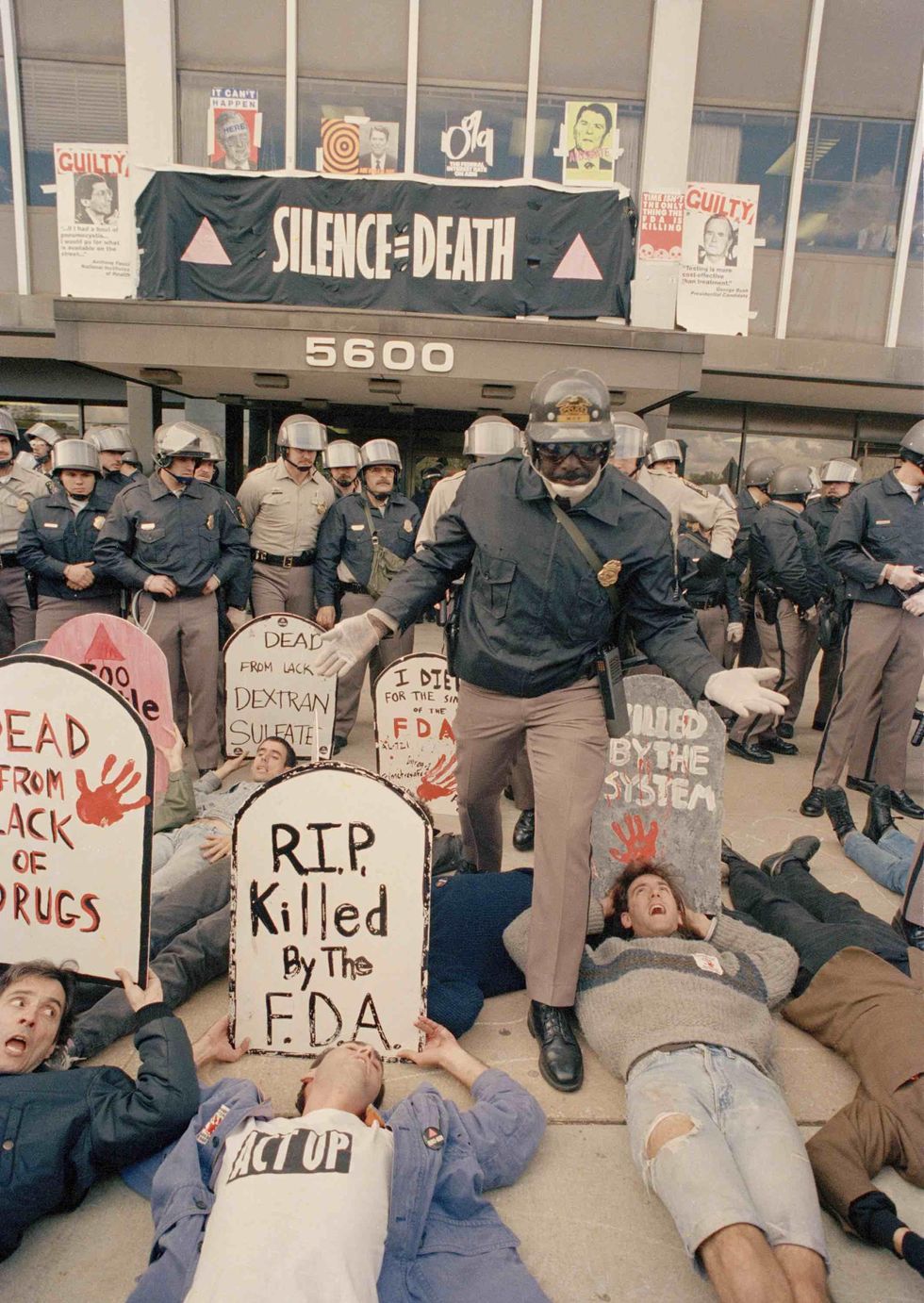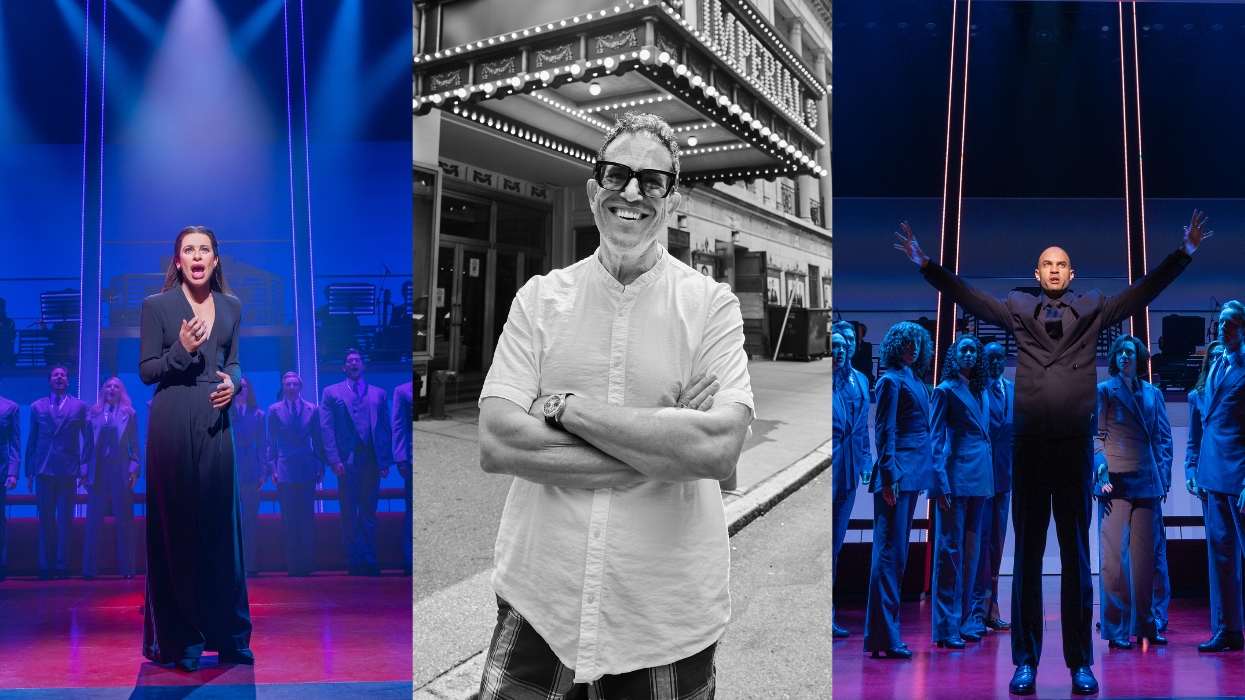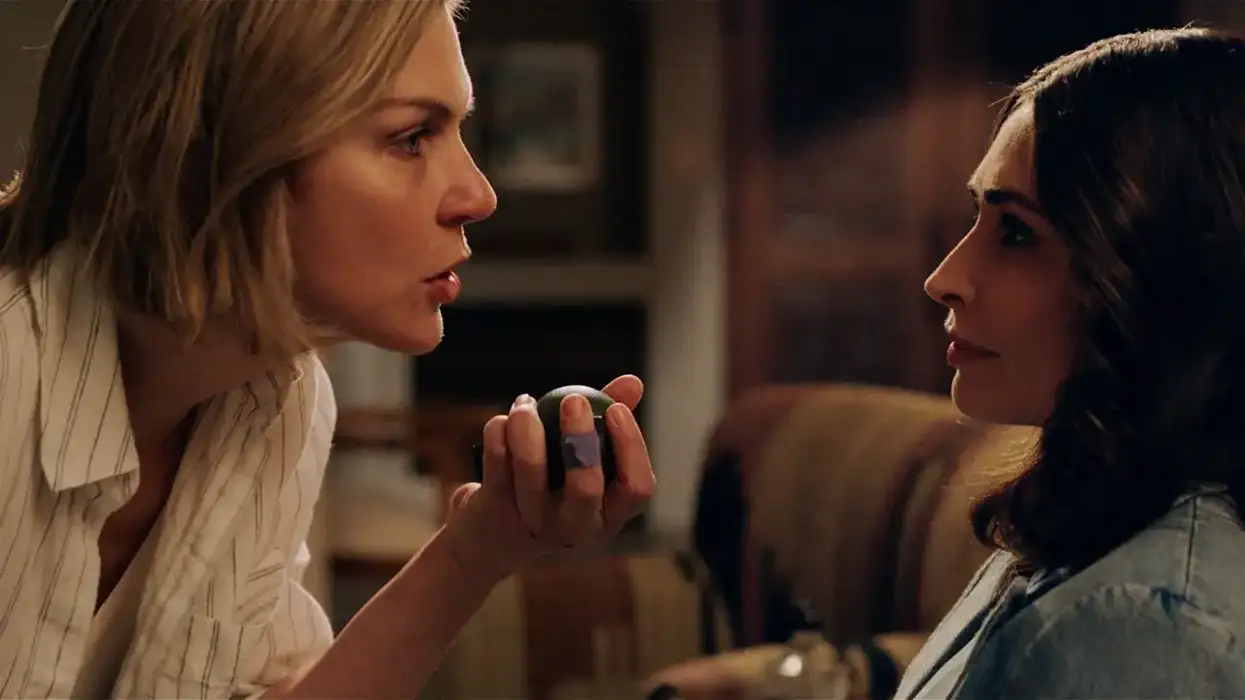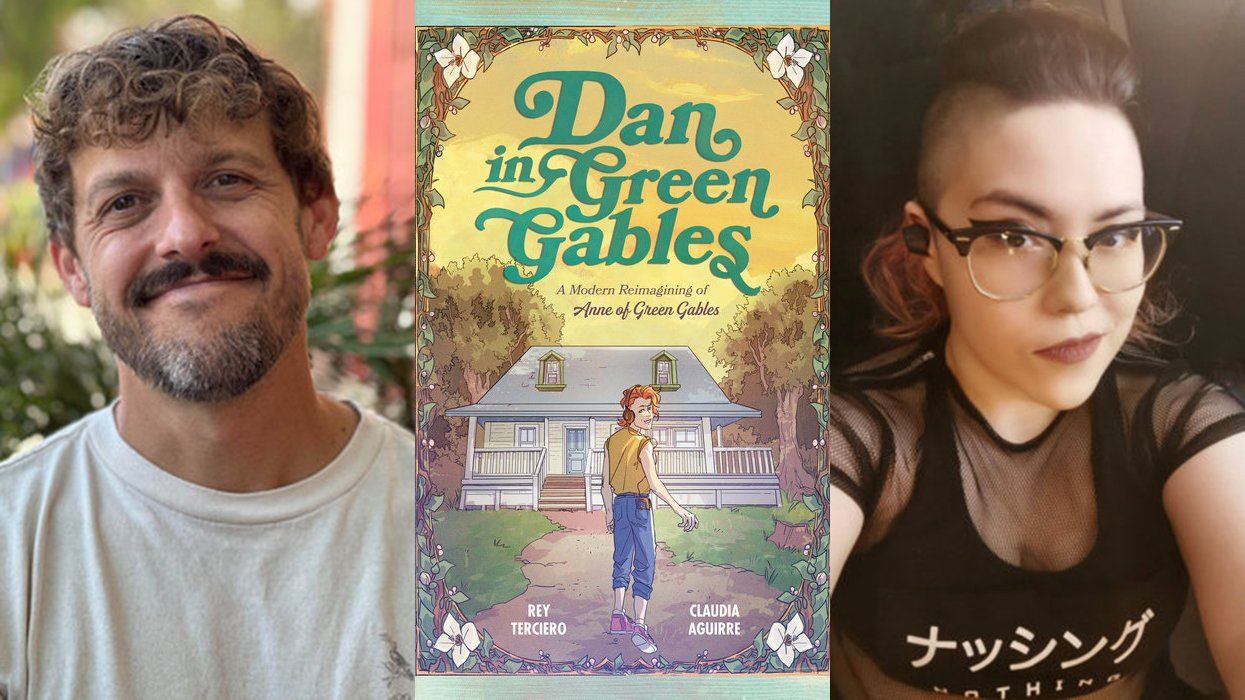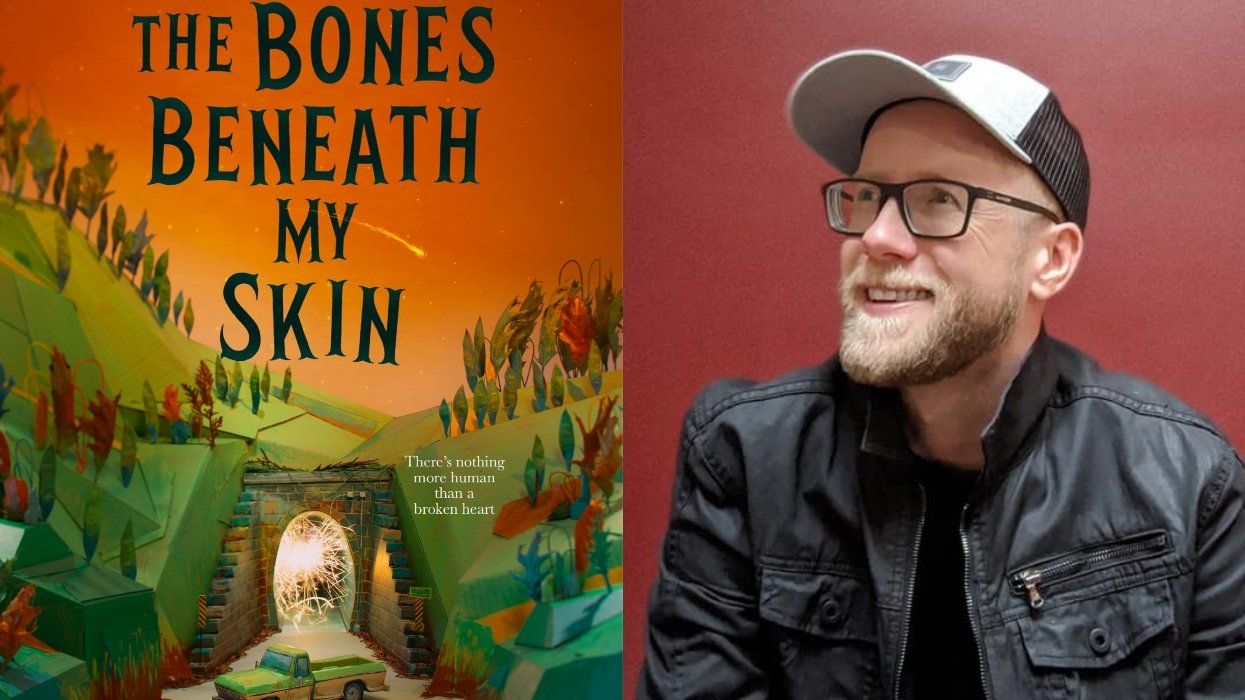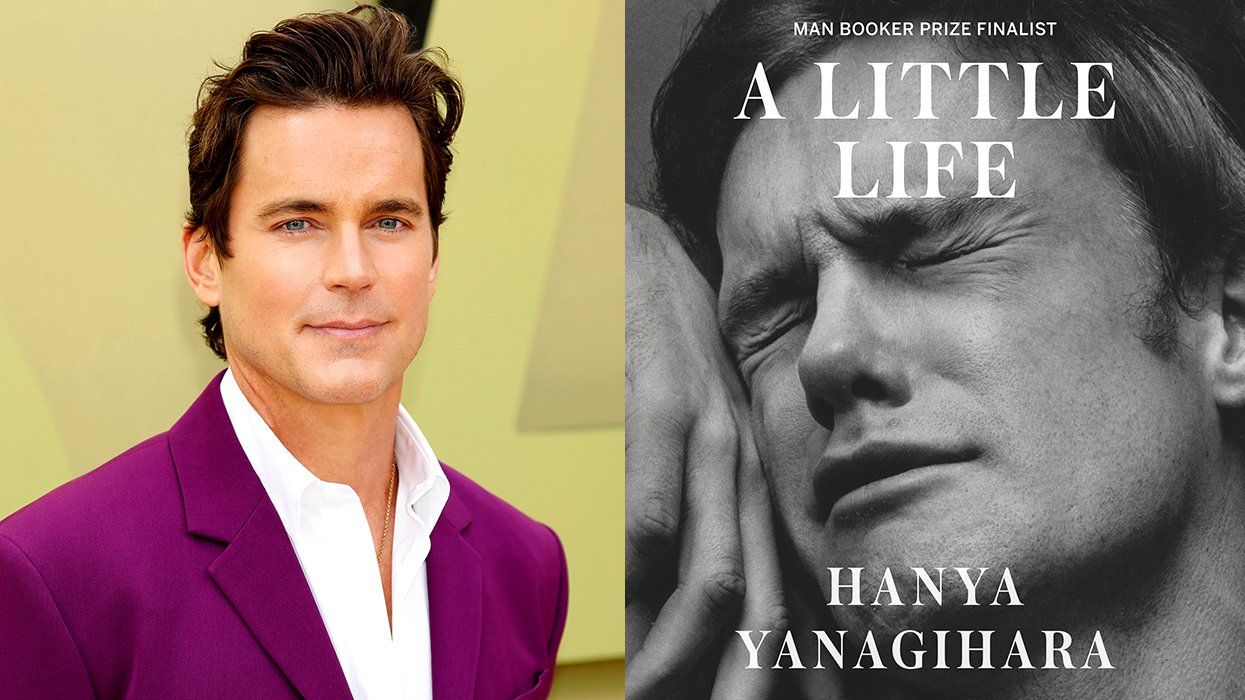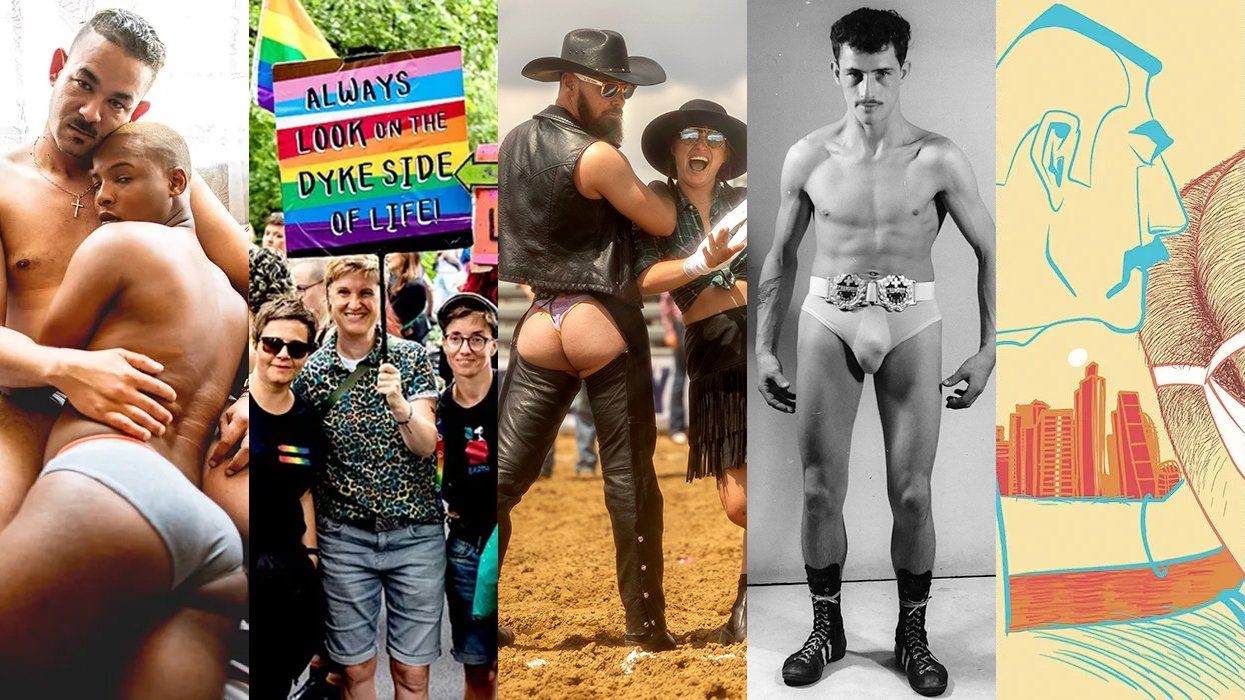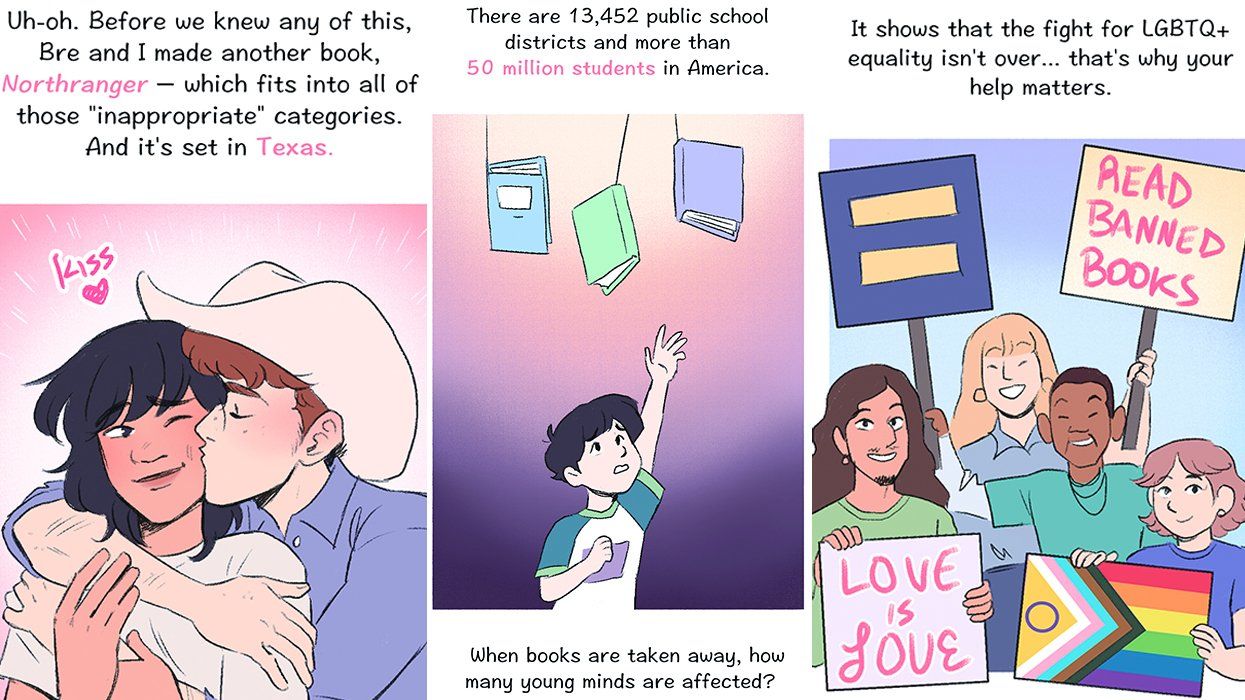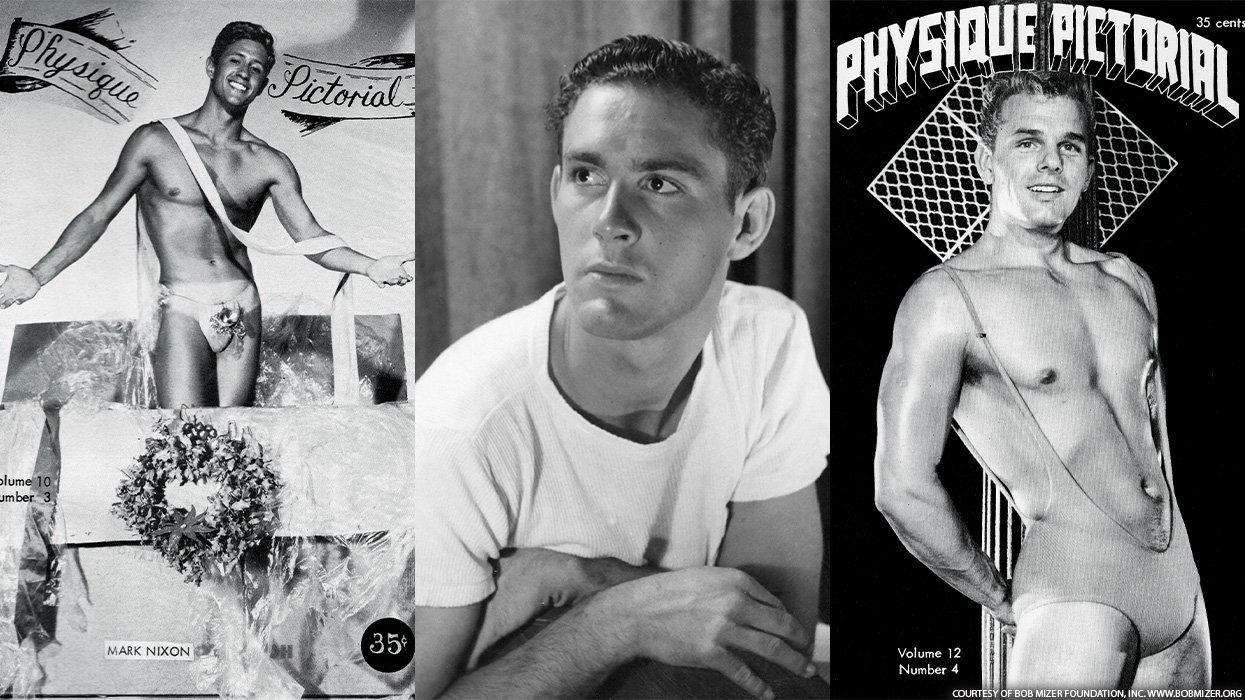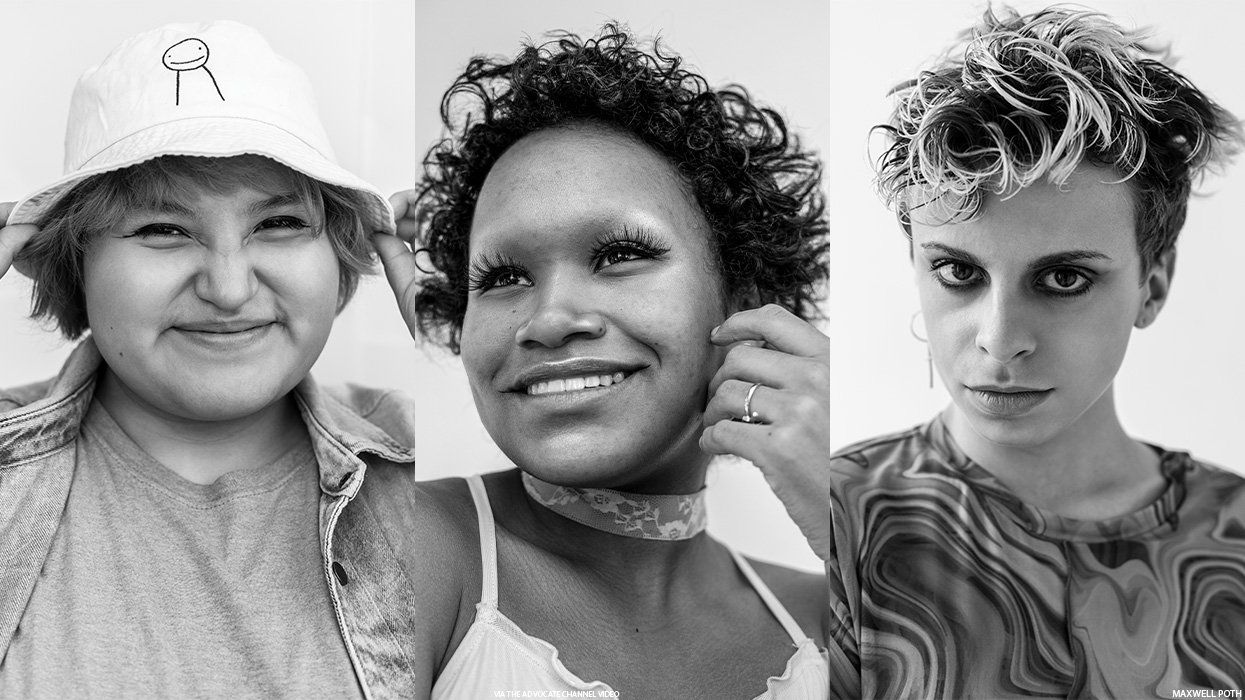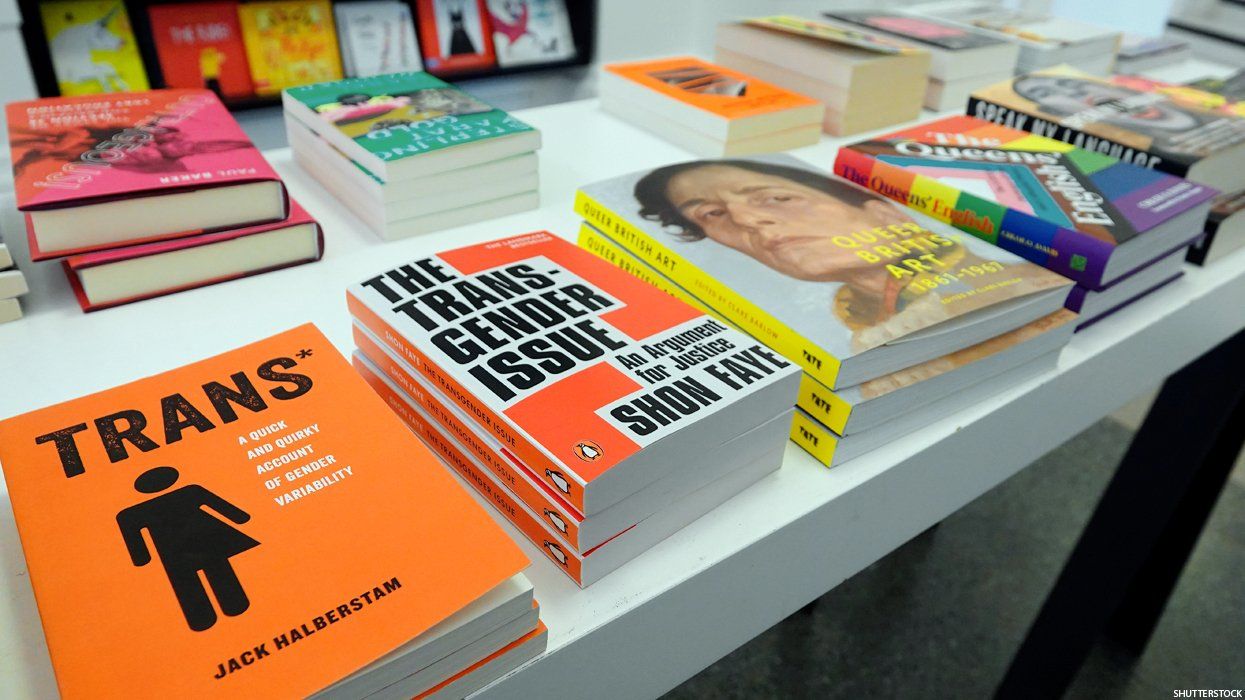In an early pivotal passage in Joseph Cassara's first novel, The House of Impossible Beauties, Angel (or Angie) Xtravaganza--the real-life founding mother of the House of Xtravaganza and an icon of New York City's ballroom/vogue scene of the 1980s--discovers that although her lover, Hector, is HIV positive, she herself is not. It is a moment of small relief in a book that fictionalizes the hardships faced by this community of young, poor, queer people of color, many of whom were gender non-conforming.
There's just one problem: In Cassara's book, this moment is set in 1984, two years before it was possible to walk into a clinic and get an HIV test. This might seem like insider AIDS baseball, but it is emblematic of the difficult (and often unsuccessful) task that the 28-year-old author embarked on in telling this story based on true events.
"The Eighties are a fascinating decade," Cassara says over the phone from his parents' house in Freehold, New Jersey, one snowy afternoon in January. "We are close enough that there are still recent memories, but we're also far enough away that we have emotional and historical distance."
In this case, perhaps too much distance. Cassara says that originally those scenes were set in 1986/'87, but during the editing process, large chunks of the book were moved earlier in time--without revisions of accompanying details. "I made an editorial decision to keep it that way," he says, "because it would have been too complicated to change the narrative otherwise." Yet to anyone familiar with the history of HIV, this three-year jump covers a critical period. At the start of 1984, no one even knew for sure that AIDS was caused by a virus; by the end of 1987, AZT had been approved as the first medication to treat AIDS, more than 40,000 people had died, and activist groups like ACT UP had begun to raise public awareness (and public hell).
As the book develops, these little anachronisms mount into a wave of improbable details. We learn that Hector died in a hospital bed, with a sympathetic nurse who tells Angel she's sorry this happened. Reading it, I found myself wondering: It's 1984. What hospital took him in? What nurse dared touch him? Who allowed his poor transgender girlfriend into the room where he lay dying, and furthermore, allowed her to sign his paperwork as a family member? These details would be a stretch even in 1987, but in 1984, they feel inexcusably inaccurate, painting a rose-colored picture of the crisis even though it is obvious that Cassara is trying to document the horrors of AIDS in the '80s.
(AP Photo/J. Scott Applewhite)
Cassara, who was born in 1989, says he was drawn to tell this story in part because of his family's long roots in New York City. In particular, he remembered visiting his grandparents in the Bronx on weekends and holidays, and loving the unique rhythms of their speech.
"The vitality of the language was my entry point, listening to the way people spoke and the unintentional ways that their English could be beautiful," he says.
That love of the place where English meets Spanish and becomes Nuyorican (among other dialects) is evident in the speech of his characters who "screamed [their] cono carajos" when surprised and sang a slow jam "about kisses and night skies and sensitive brazos" in their tender moments.
Unfortunately, that attention to detail seems lacking when it comes to other parts of his characters' lives. Cassara was inspired by the subjects of Jennie Livingston's 1990 documentary, Paris Is Burning. But his knowledge of the ballroom scene begins and ends there; although he tried to contact some vogue insiders via email, he was ultimately unable to speak with anyone in the scene. And because he was writing the book while in graduate school at the prestigious Iowa Writers' Workshop, he says he was unable to attend any ballroom functions.
As a result, his ballroom sections are few and anemic, and we witness no planning, executing, or judging of the balls, which could have depicted his characters in their element and at their best. The members of the House of Xtravaganza seem at most like roommates, and their casual disregard for each other in critical moments of the plot belies the ways in which real Houses function as crucial support systems for their members.
Moreover, Cassara's trans characters exist in a world that treats them with exceptional kindness and understanding for the novel's time period; two teenage trans runaways living at a religious shelter run by nuns are allowed to wear female attire and switch rooms at their own volition. Rarely do they face harassment from straight people, and when they do, it is of an all-too-knowing variety, as when a passerby in Brooklyn mouths off at them by asking, "What do yous think this is? Tranny Central? Shouldn't you twos be at Meatpacking?" The book seems unable to imagine the dearth of knowledge -- and depths of abuse -- that queer people confronted before the internet.
Within the novel, there's a subplot -- a love affair between two young gay men named Daniel and Juanito. It is here that Cassara is on his firmest footing. It's no surprise that The House of Impossible Beauties began as a short story dealing primarily with these two characters.
Cassara's attempts to turn a spotlight on the trans women who are often the public face and emotional backbone of the House scene is admirable, but he hasn't done the necessary research. And for that reason, they simply don't feel like fully realized characters.
The House of Impossible Beauties (HarperCollins) is available now.



